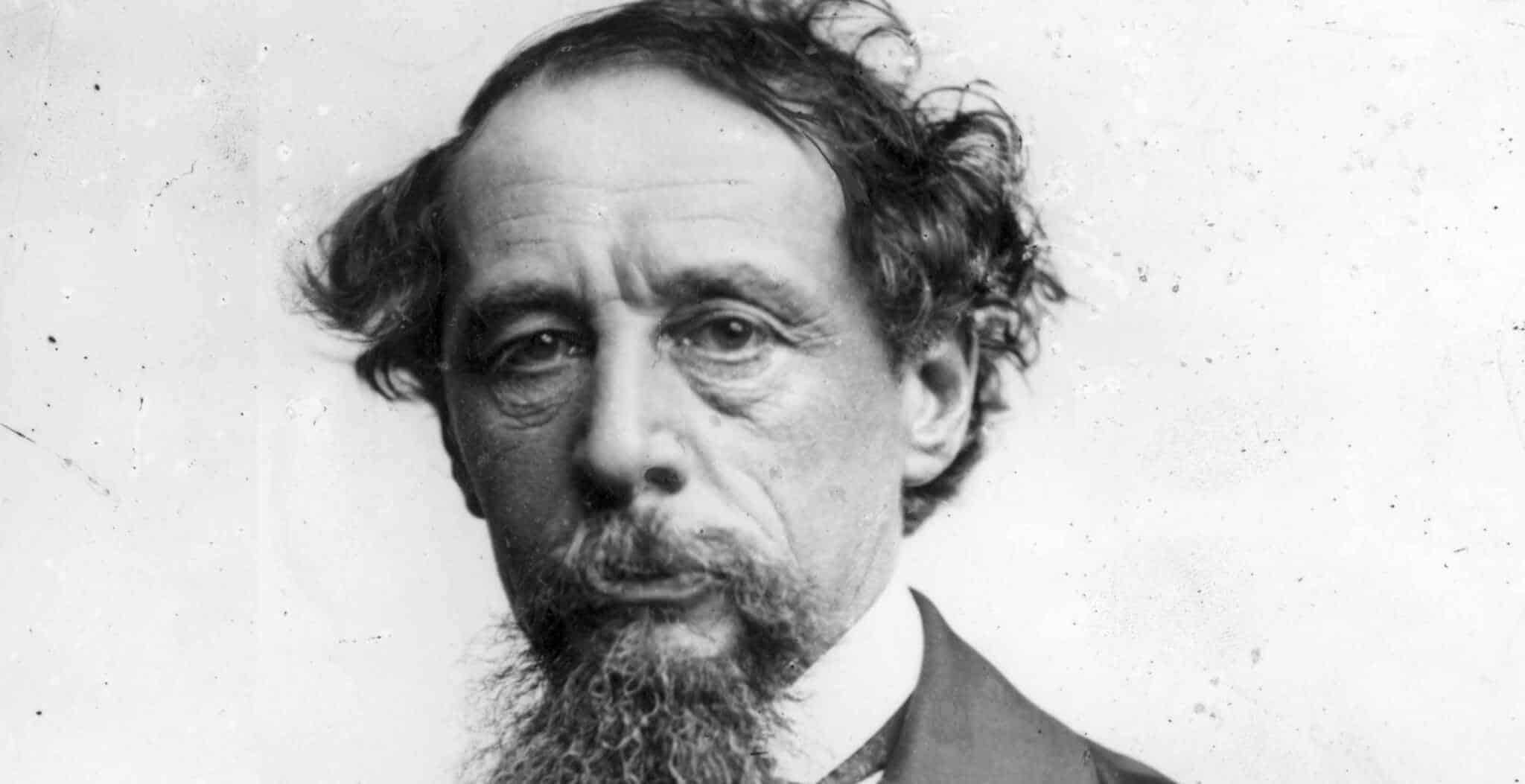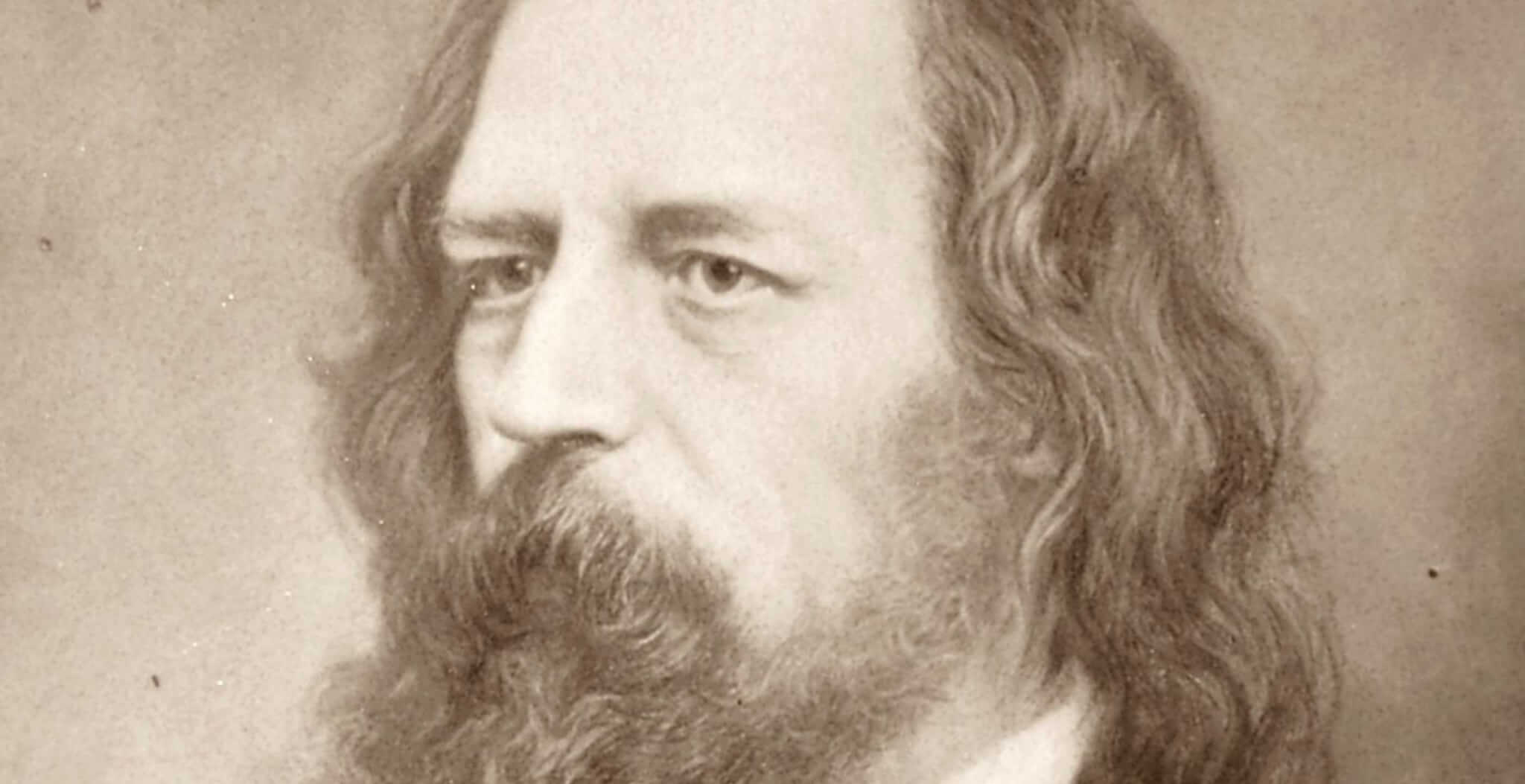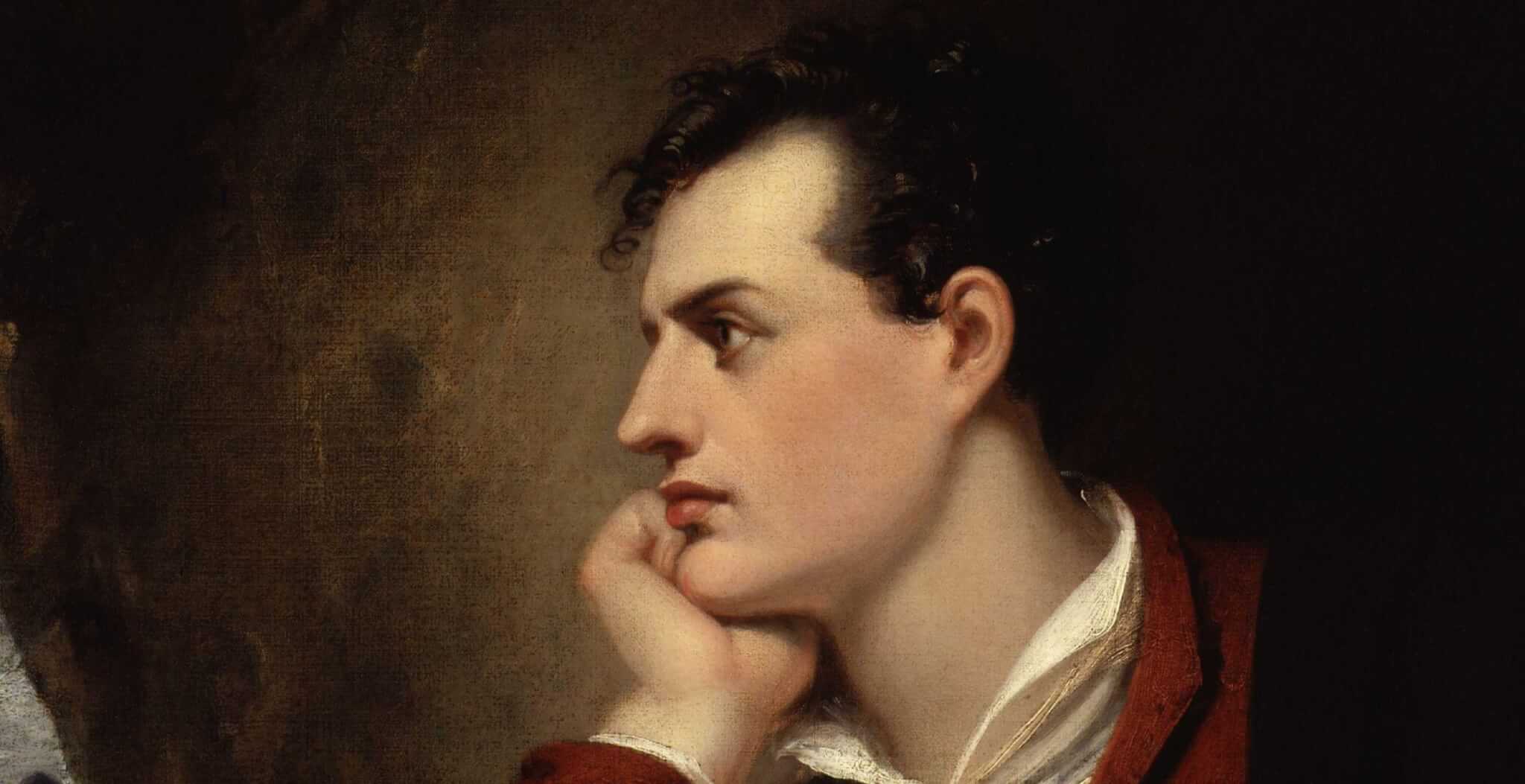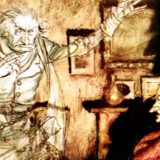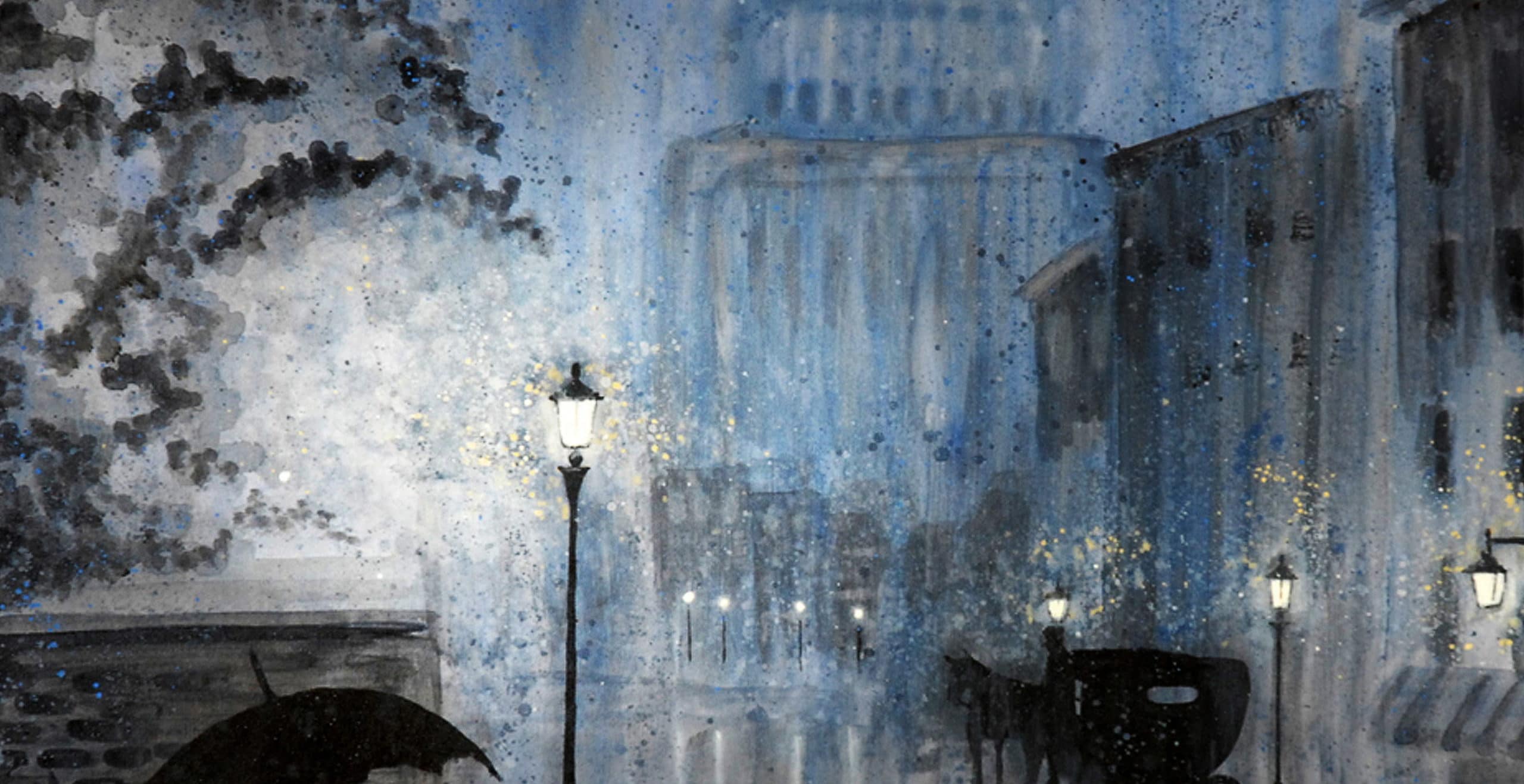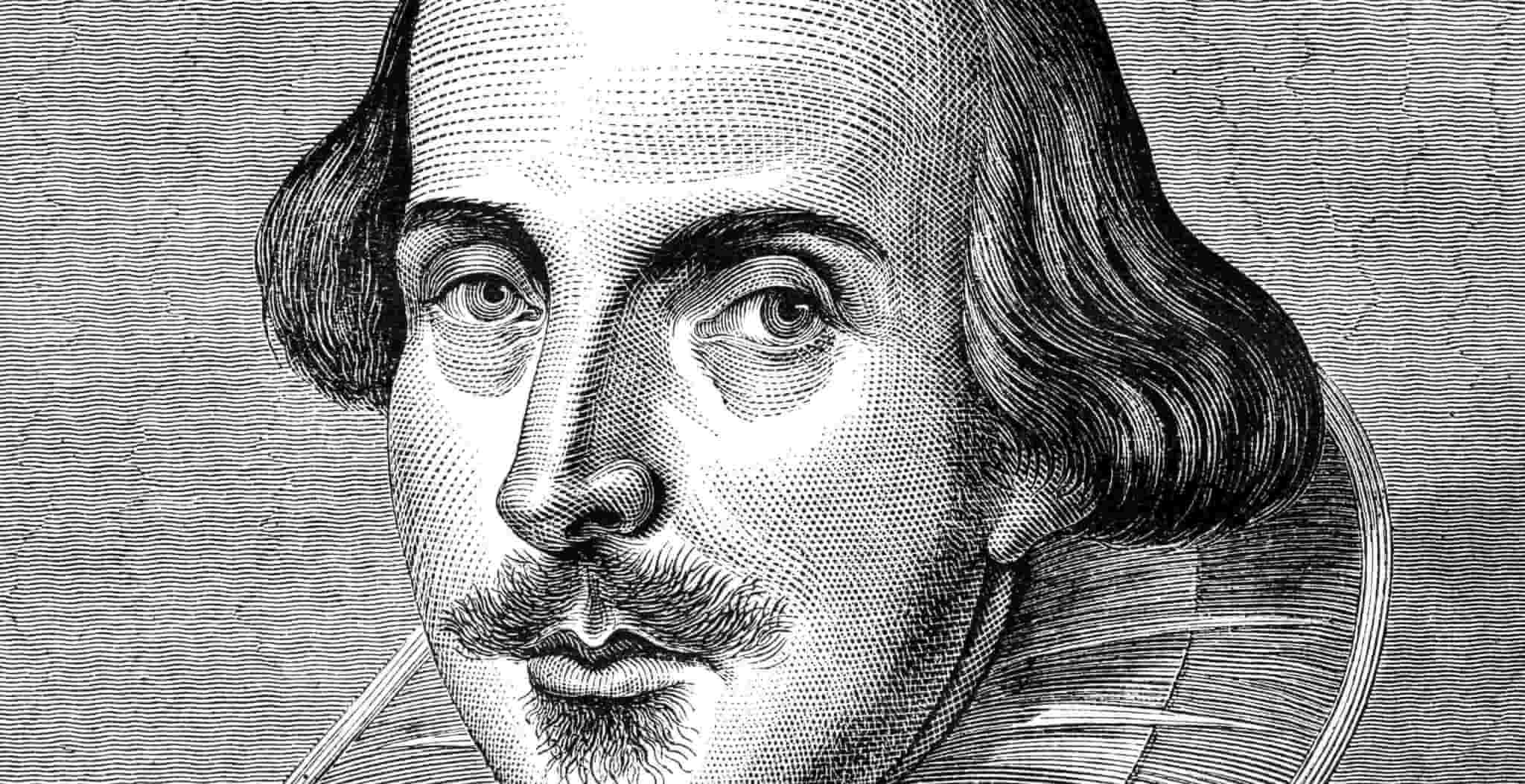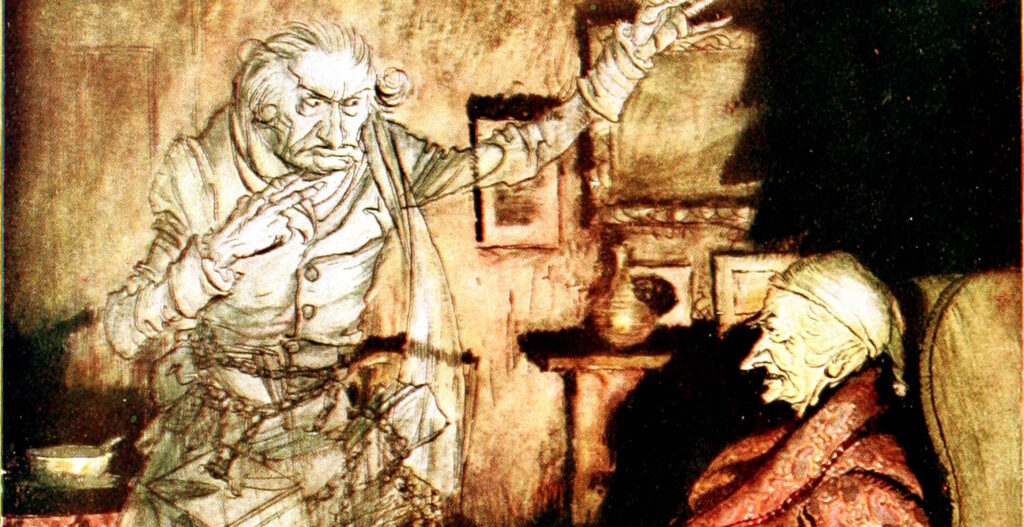The year 2012 saw the 200th anniversary of the birth of Charles Dickens. Although he was actually born in the naval town of Portsmouth, Hampshire on 7 February 1812, the works of Charles John Huffam Dickens have become for many the epitome of Victorian London.
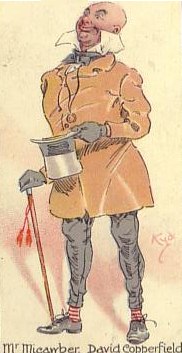 Shortly after his birth, Dickens’ parents, John and Elizabeth, moved the family to Bloomsbury in London and then to Chatham in Kent, where Dickens spent much of his childhood. Whilst John’s fleeting stint as a clerk in the Navy Pay Office allowed Charles to enjoy a private education at Chatham’s William Giles’s School for a time, he was abruptly plunged into poverty in 1822 when the growing Dickens family (Charles was the second of eight children) moved back to London to the less salubrious area of Camden Town.
Shortly after his birth, Dickens’ parents, John and Elizabeth, moved the family to Bloomsbury in London and then to Chatham in Kent, where Dickens spent much of his childhood. Whilst John’s fleeting stint as a clerk in the Navy Pay Office allowed Charles to enjoy a private education at Chatham’s William Giles’s School for a time, he was abruptly plunged into poverty in 1822 when the growing Dickens family (Charles was the second of eight children) moved back to London to the less salubrious area of Camden Town.
Worse was to come when John’s propensity for living beyond his means (which is said to have inspired the character of Mr Micawber in Dickens’ novel David Copperfield) saw him thrown into debtor’s prison in 1824 at the infamous Marshalsea prison in Southwark, later to become the setting for Dickens’ novel Little Dorrit.
Whilst the rest of the family joined John at Marshalsea, 12-year-old Charles was sent to work in Warren’s blacking Warehouse, where he spent 10 hours a day pasting labels onto pots of shoe polish for 6 shillings a week, which went towards his families debts and his own modest lodgings. Living first with family friend Elizabeth Roylance in Camden (said to be the inspiration for Mrs. Pipchin”, in Dombey and Son) and later in Southwark with an insolvent court agent and his family, it was at this point that Dickens’ lifelong fondness for walking the streets of London at all hours of the day and night began. And this in-depth knowledge of the city seeped almost unconsciously into his writing, as Dickens himself said, “I suppose myself to know this large city as well as anybody in it”.
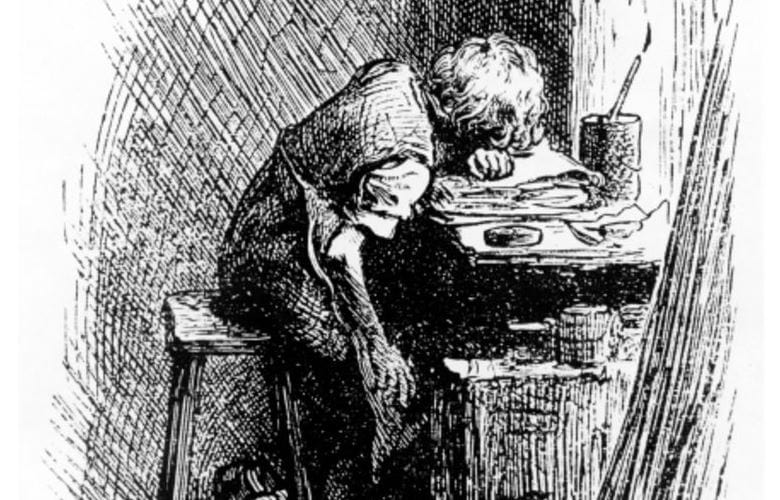 Dickens aged 12 at the Blacking Warehouse (artists impression)
Dickens aged 12 at the Blacking Warehouse (artists impression)
On receipt of an inheritance from his father’s grandmother Elizabeth, the Dickens family were able to settle their debts and leave Marshalsea. A few months later Charles was able to go back to school at the Wellington House Academy in North London. From there he undertook an apprenticeship in a solicitor’s office, before becoming a reporter for the Morning Chronicle in 1833, covering the Courts of Law and the House of Commons. However, the plight of the poor and the inhumane working conditions that he had experienced at such a young age never left Dickens.
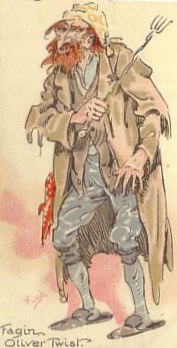 Although he went to great lengths to conceal these autobiographical influences on his novels – the story of his father’s incarceration only becoming public knowledge following the publication, six years after his death, of his friend John Forster’s biography on which Dickens himself had collaborated – they became a feature of many of his most famous works and the focus of the philanthropy which played a large part in his adult life. Of the boys he met in the warehouse, one was to have made a lasting impression. Bob Fagin, who showed the newcomer Dickens how to undertake the task of attaching labels to the shoe polish, was forever immortalised (in a completely different guise!) in the novel Oliver Twist.
Although he went to great lengths to conceal these autobiographical influences on his novels – the story of his father’s incarceration only becoming public knowledge following the publication, six years after his death, of his friend John Forster’s biography on which Dickens himself had collaborated – they became a feature of many of his most famous works and the focus of the philanthropy which played a large part in his adult life. Of the boys he met in the warehouse, one was to have made a lasting impression. Bob Fagin, who showed the newcomer Dickens how to undertake the task of attaching labels to the shoe polish, was forever immortalised (in a completely different guise!) in the novel Oliver Twist.
Having made a number of contacts in the press, Dickens was able to publish his first story, A Dinner at Poplar Walk, in Monthly Magazine in December 1833. This was followed by a series of sketches entitled Sketches by Boz in 1836, Boz being a pen name taken from a childhood nickname given to his younger brother Augustus by the rest of the family. In April that same year, Dickens published his first novel in serial form, The Pickwick Papers, to popular acclaim and married Catherine Hogarth, daughter of George Hogarth his editor for Sketches by Boz, who bore him 10 children before their separation in 1858.
Unusually for the time, many of Dickens’ most famous and enduring works, such as Oliver Twist, David Copperfield and A Tale of Two Cities were published in serialised format over a number of months or weeks. This allowed the writer to become very much a social commentator, tapping into the feelings of the time and allowing the audience to have a say in the plot. It also meant that his characters were able to grow organically, depicting the lives of the everyday Londoner in Victorian Britain. As John Forster remarks in his biographer The Life of Charles Dickens: “[Dickens gave] characters real existences, not by describing them but by letting them describe themselves”.
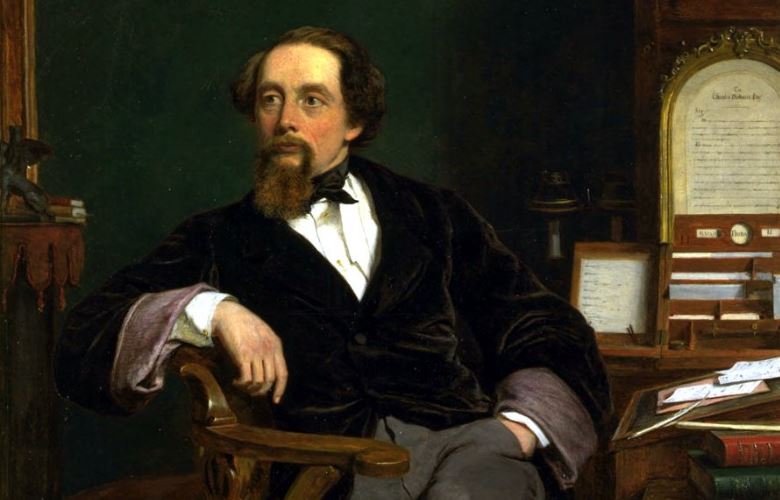
One of Dickens’ most well-known and enduring characters, Ebenezer Scrooge, appears in the novella A Christmas Carol, published on 17 December 1843. Arguably Dickens’ most famous story and said to have had the greatest impact on Christmas celebrations in the western world, the story’s focus on the triumph of good over evil and the importance of family brought a new meaning to Christmas in the Victorian era and established the modern interpretation of Christmas as a festive family gathering.
A prolific writer, Dickens many novels were also accompanied by weekly periodicals, travel books and plays. In his later years, Dickens also spent a lot of time travelling throughout the UK and abroad, giving readings of his most popular works. Despite his openly negative views on slavery he gained a large following in the United States, where – following a condition in his will – the only life size memorial to him can be found in Clark Park, Philadelphia.
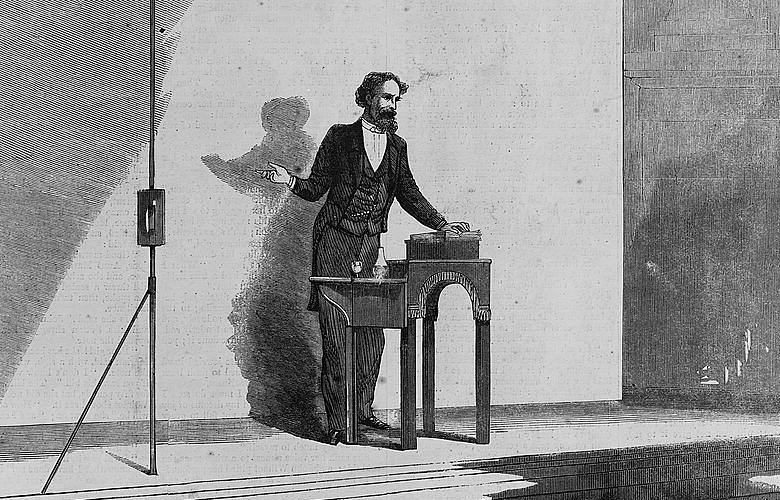
It was during his ‘farewell readings’ – his last tour of England, Scotland, and Ireland, that Dickens suffered a mild stroke on 22 April 1869. Having improved sufficiently and anxious not to let his audience or sponsors down, Dickens undertook 12 further performances of A Christmas Carol and The Trial from Pickwick at St James’ Hall in London between January – March 1870. However, Dickens suffered a further stroke at his home at Gad’s Hill Place on 8 June 1870 whilst working on his final, unfinished novel Edwin Drood and passed away the following day.
Whilst the writer had hoped for a simple, private burial at Rochester Cathedral in Kent he was buried in the South Transept of Westminster Abbey, known as Poets’ corner, and bestowed with the following epitaph: “To the Memory of Charles Dickens (England’s most popular author) who died at his residence, Higham, near Rochester, Kent, 9 June 1870, aged 58 years. He was a sympathiser with the poor, the suffering, and the oppressed; and by his death, one of England’s greatest writers is lost to the world.”
Published: 3rd August 2015
